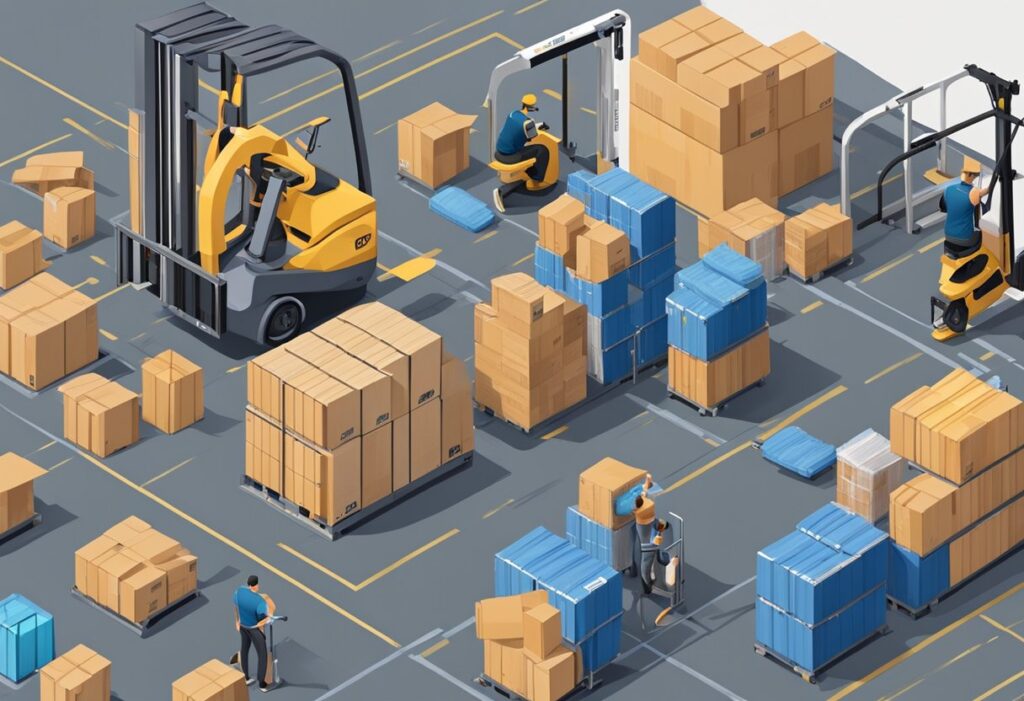
November 23, 2023
CNF Meaning in Export: Definition and Explanation
CNF meaning in export is a crucial term that every importer and exporter should understand. CNF refers to Cost and
Read More
November 23, 2023
CNF meaning in export is a crucial term that every importer and exporter should understand. CNF refers to Cost and
Read More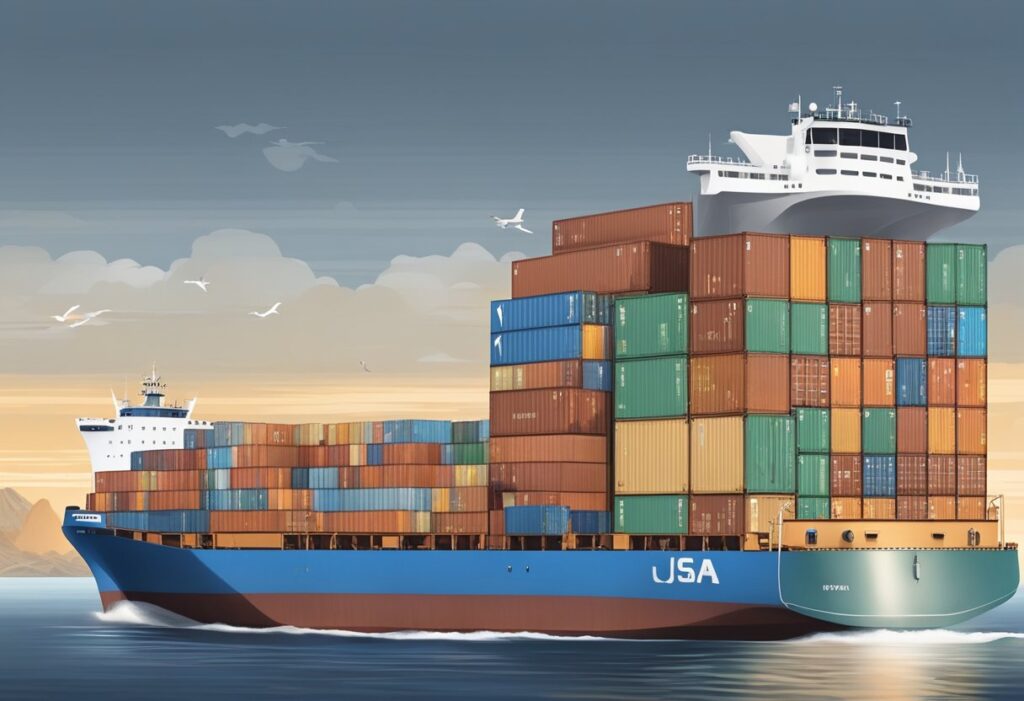
November 23, 2023
Ralph Lauren is a well-known fashion brand that has been in the industry for decades. The brand is known for
Read More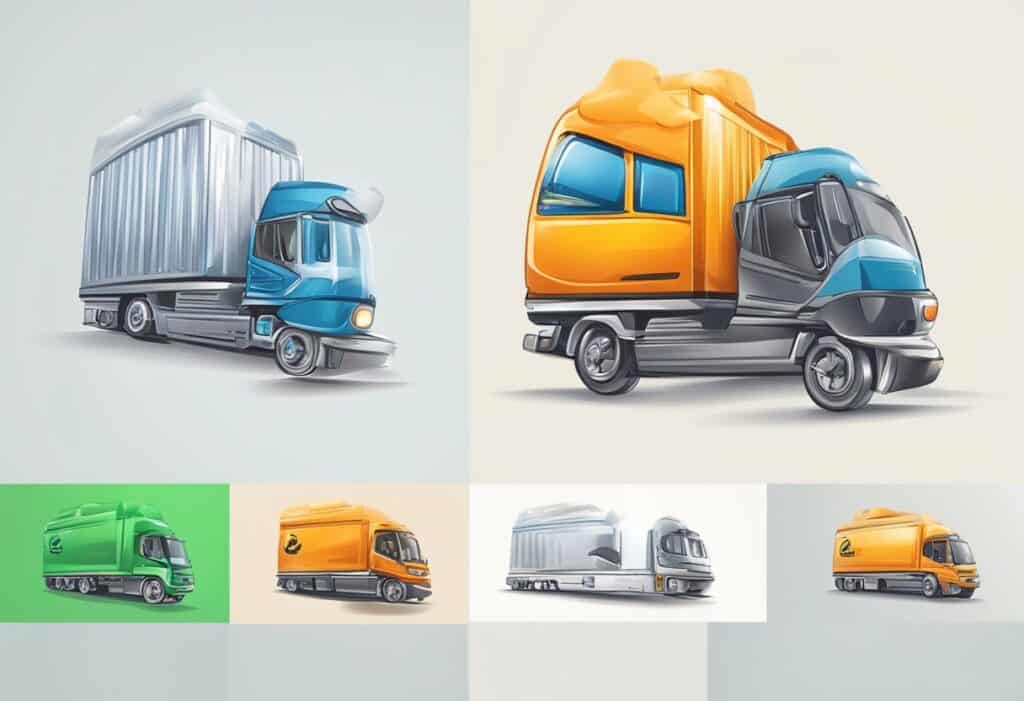
November 23, 2023
Shipping from China to Germany is an essential aspect of international trade. It is a process that involves moving goods
Read More
November 14, 2023
China is known for its manufacturing prowess, and the brick manufacturing industry is no exception. Brick manufacturing machines are essential
Read More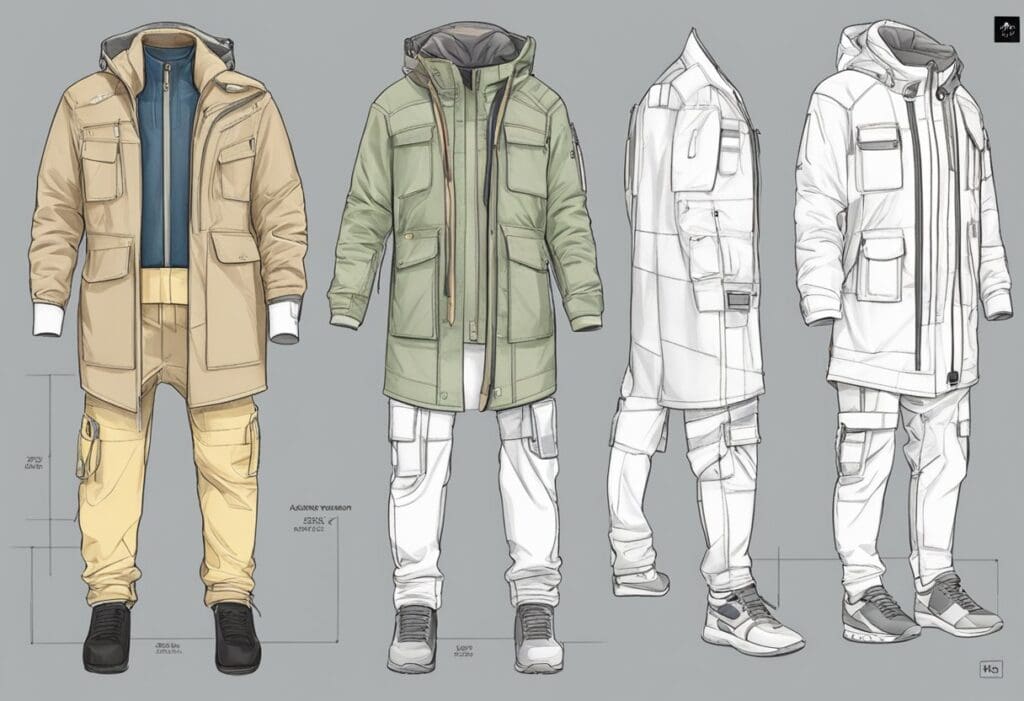
November 14, 2023
Streetwear has become an increasingly popular fashion trend in recent years, with many people looking to start their own streetwear
Read More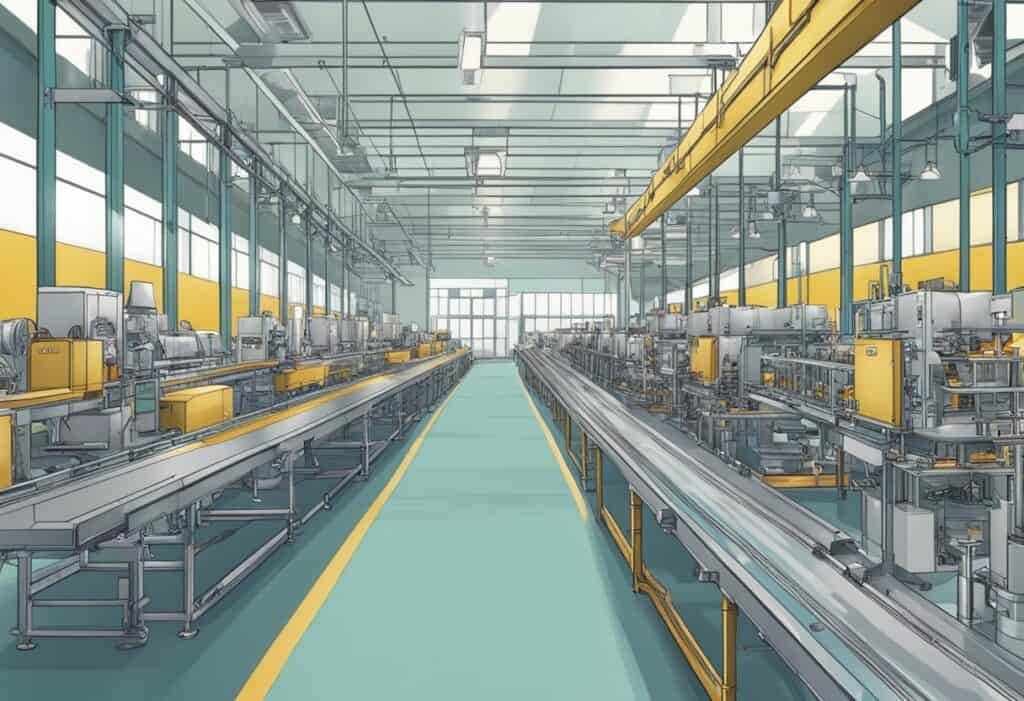
November 14, 2023
Pakistan is a country known for its rich cultural heritage and craftsmanship. One of the most notable exports from Pakistan
Read More
November 14, 2023
Alibaba is a leading e-commerce platform that connects buyers and sellers from all over the world. It is a marketplace
Read More
November 5, 2023
European importers can take advantage of the Generalized System of Preferences (GSP+) scheme that the European Union (EU) has granted
Read More
November 5, 2023
Manufacturing costs can be a significant factor in determining the profitability of a business. Finding the cheapest manufacturers can be
Read More
November 5, 2023
Bangladesh has been a major player in the global sourcing industry for many years. The country’s export sector includes a
Read More